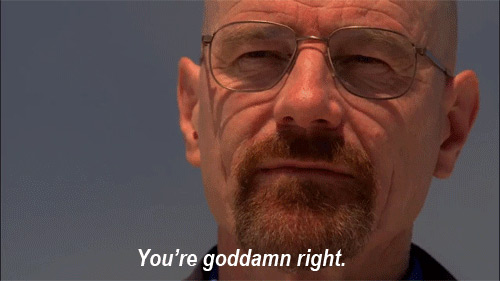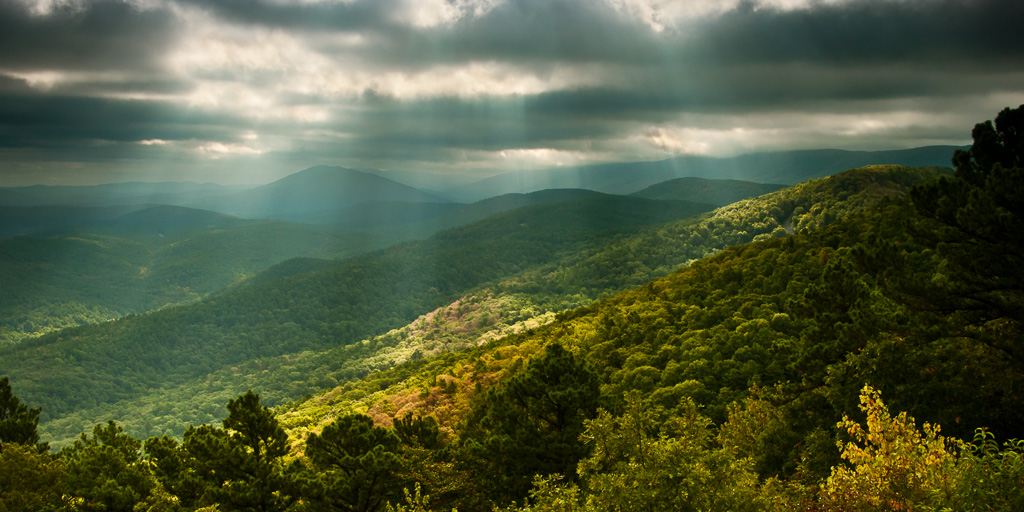 The evening of the second day at OCCC contained the perfect storm of uncomfortable weather, pathetic sales, and now this. I understand that some of my photos look so unbelievable that people question how long it took me to piece them together in Photoshop, but this little encounter takes the cake.Scenario: I already had a visitor in my booth, and after we chat for a bit, he scrolled through one of my bins to check out some prints. Just then, another visitor walked up. This kid couldn't have been more than 20 years old, and the first guy in my booth got to hear this exchange.
The evening of the second day at OCCC contained the perfect storm of uncomfortable weather, pathetic sales, and now this. I understand that some of my photos look so unbelievable that people question how long it took me to piece them together in Photoshop, but this little encounter takes the cake.Scenario: I already had a visitor in my booth, and after we chat for a bit, he scrolled through one of my bins to check out some prints. Just then, another visitor walked up. This kid couldn't have been more than 20 years old, and the first guy in my booth got to hear this exchange.
The kid points at the four-foot-wide copy of "Monument Valley Sunset"
- "How long did it take you to take that photo?"
- I was there for the entire afternoon, and--
- "NO! I mean the camera! Like how long was the camera setting?" (The tone in his voice is the first indication that he doesn't know crap, but just wants to start trouble.)
- Oh, the shutter speed. It was about a second.
- Kid is getting adamant: "So, you only spent one second taking that photo and you have THE GALL to sell it for FIVE HUNDRED AND FIFTY DOLLARS?!!? I mean, it was only a second! That should be a LOT cheaper!"
The little devil on my left shoulder offered a fleeting suggestion: Since the only other visitor was near the back of my booth behind the print bins, and most of the crowd was outside enjoying the OKC Philharmonic and fireworks, how many sucker punches could I land on this punkass before anybody stopped me? Six? Maybe seven?That never solves anything, so I decided on a more permanent solution. I tapped into my inner Roland (avoiding the NSFW audio) and proceeded to spend the next twenty minutes schooling this kid in the fine art of photography:
- It actually took me thirty years to take that photo -- that's how old I was when I took it, and therefore that's how much time it took me to finally figure out how to do it.
- As for development, it took me eight months to get it just right. Now that I know the process, I can do it again in less than an hour, but learning it in the first place was vital.
The guy at the print bin made for an escape, and gave me that "I'm sorry you have to go it alone" look.I'm fine. Over the past five years of doing art shows, I have heard all of this before. I'm more than ready for it.
He looks at "Into"
- "So, how'd you get the sun to do that?"
- What sun? That's not the sun, it's a street light.
- "What about this fog effect? That's got to be Photoshop."
- I took that photo at 4:00 in the morning in heavy fog, and the photo is straight out of the camera. (Well, aside from the fact that it's a panorama of two photos stitched together horizontally.) I only use Photoshop because that's the best way to send it to a large printer. (Well, aside from the fact that I print from Lightroom.)
- "Why were you up at four in the morning? That's silly."
- It would be silly to take that photo in broad daylight. Behind all this fog was a cluster of dormant trees. Compositionally, it does nothing for the scene. This photo, as it looks right now is PRECISELY the photo I wanted to take.
- I avoid taking my camera to very many locations in broad daylight because dramatic atmosphere is what I'm looking for. Just look around.
He points at "Antelope Ceiling"
- "So this is like a simple cave. I could have done that."
- You probably could. It's a slot canyon in northern Arizona, one where every square inch is photogenic, and it's packed with hundreds of people from lots of tour groups. Pay the $30 and you're in.
- "Oh, yeah?"
- With that many people around you, how would you take a photo in there without showing any of the crowd? Would you have thought that photo was taken looking straight up? This area along the bottom is not the ground, it's a wall.
- "Hrmph.." (I couldn't tell if he was impressed by my work or frustrated that his immense chasm of ignorance was starting to show.)
He looked around...
- "So, if I had all your equipment, I could have taken all of these photos too?"
- Maybe. But maybe not.
- Pop quiz, kiddo --
I point at "Emerald Vista"
- -- How would you shoot that?
- "I'd just point at it and take it."
- And your photo would be completely overblown from the horizon upwards without this (I pull out my soft-edge three-stop Cokin GND filter) -- this allows you to gather all that information in one exposure. No HDR, no photo-layering, that's it.
- "Whaat? A stupid piece of plastic?"
- Yes. Take the entire range of sunlight from dark to light and divide it into parts. Call them "stops of light". In any given scene, the human eye can see about 30, but the camera can only see 7 or 8. This means you can take a photo that includes detail in extremely bright areas, but your shadows will be solid black. And vice-versa -- if you want detail in the shadows, your highlights will be solid white. Hold this filter in front of the lens, and it will darken the sky just enough so the camera can see more of it.
- "Hrmph.."
- And if you're trying to learn on your feet, you will miss these shots completely. Monument Valley -- the light was only there for ten minutes. The rainbow was only there for three minutes. Back to Emerald Vista -- there were two, if not three layers of clouds moving in separate directions. As they shifted, certain patterns of light would appear and disappear on the ground on a moment's notice. Even the mighty Gary England couldn't predict that the weather would align that way.
"So I guess it's more complicated than I thought."
 Once he left, I cranked the box fan to its highest setting to cool off.
Once he left, I cranked the box fan to its highest setting to cool off.




